Name Gertrude Elion Role Innovator | ||
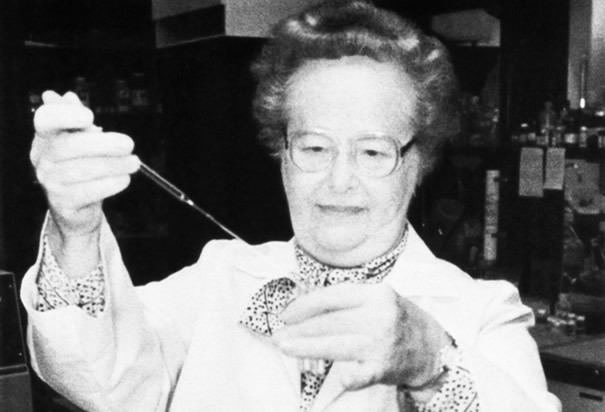 | ||
Institutions Burroughs WellcomeDuke University Notable awards Garvan–Olin Medal (1968) Similar People George H Hitchings, James Black, Martin Rodbell, Paul Allen, John M Olin | ||
1997 lemelson mit lifetime achievement award recipient gertrude b elion
Gertrude Belle Elion (January 23, 1918 – February 21, 1999) was an American biochemist and pharmacologist, who shared the 1988 Nobel Prize in Physiology or Medicine with George H. Hitchings and Sir James Black. Working alone as well as with Hitchings and Black, Elion developed a multitude of new drugs, using innovative research methods that would later lead to the development of the AIDS drug AZT. She developed the first immunosuppressive drug, azathioprine, used for organ transplants.
Contents
- 1997 lemelson mit lifetime achievement award recipient gertrude b elion
- Science and the written word dr gertrude b elion
- Early life and education
- Career and research
- Awards and honors
- Personal life
- References
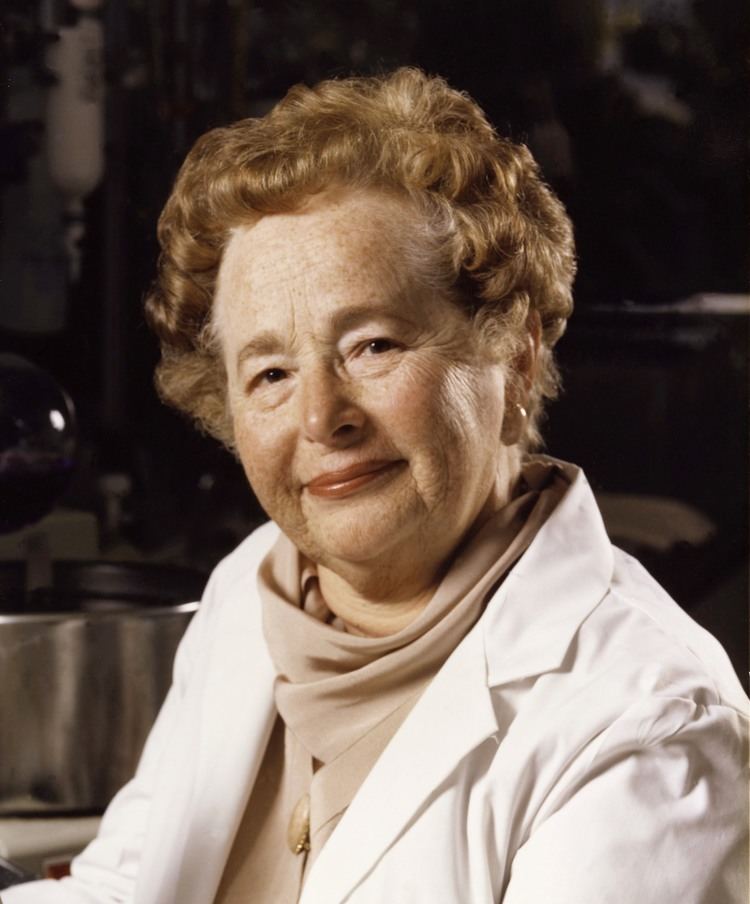
Science and the written word dr gertrude b elion
Early life and education
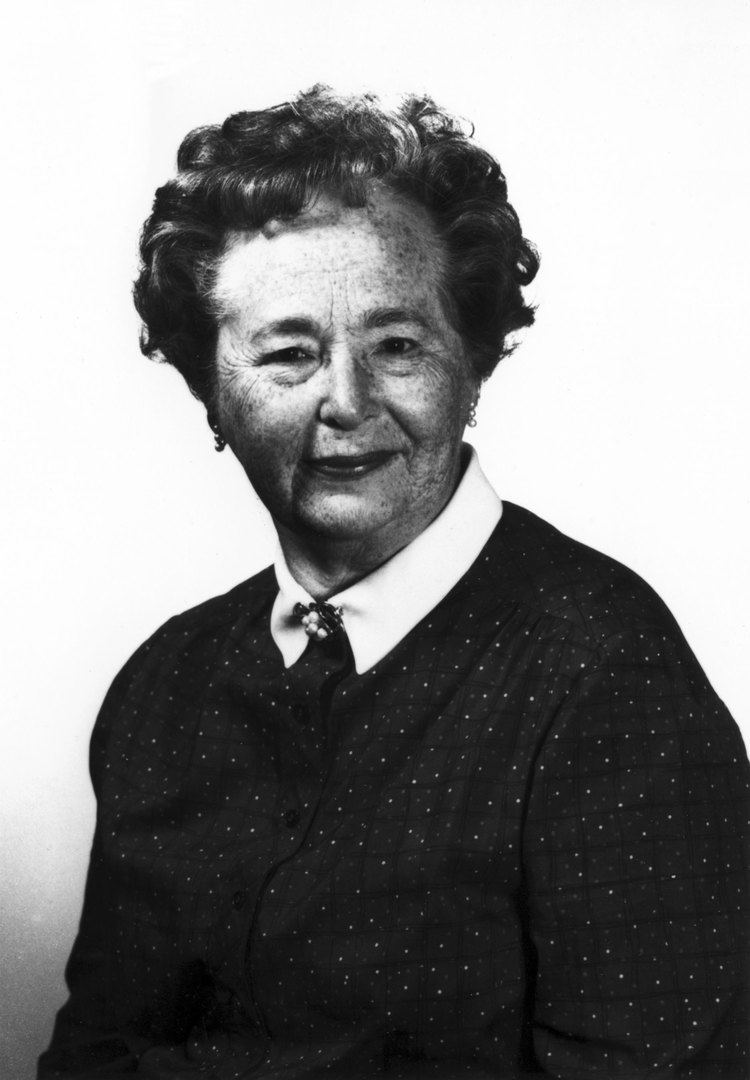
Elion was born in New York City on January 23, 1918, to parents Robert Elion, a Lithuanian immigrant and a dentist, and Bertha Cohen, a Polish immigrant. Her family lost their wealth after the Wall Street Crash of 1929. When she was 15, her grandfather died of cancer, instilling in her a desire to do all she could to try and cure the disease. She graduated from Hunter College in 1937 with a degree in chemistry and New York University (M.Sc.) in 1941, while working as a high school teacher during day time. Her fifteen fellowship applications were turned down due to gender bias at the time, so she enrolled in a secretarial school, which lasted six weeks before she found a job.
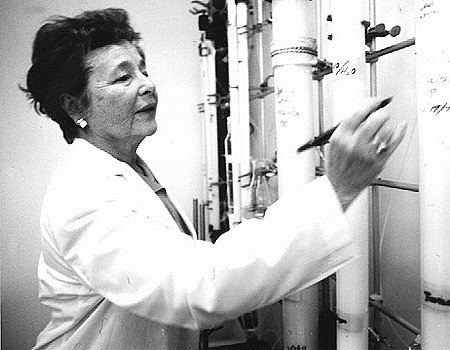
Unable to obtain a graduate research position, she worked as a food quality supervisor at A&P supermarkets, and for a food lab in New York, testing the acidity of pickles and the color of egg yolk going into mayonnaise. Later, she left to work as an assistant to George H. Hitchings at the Burroughs-Wellcome pharmaceutical company in Tuckahoe, New York (now GlaxoSmithKline). Hitchings was using a new way of developing drugs, by imitating natural compounds instead of through trial and error. He believed that if he could trick cancer cells into accepting artificial compounds for growth, they could be destroyed without also destroying normal cells. She began to work with purines, and in 1950, she developed the anti-cancer drugs tioguanine and 6-MP.
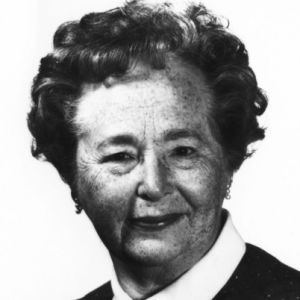
She began to go to night school at New York University Tandon School of Engineering (then Brooklyn Polytechnic Institute), but after several years of long range commuting, she was informed that she would no longer be able to continue her doctorate on a part-time basis, but would need to give up her job and go to school full-time. Elion made what was then a critical decision in her life, to stay with her job and give up the pursuit of a doctorate. She never obtained a formal Ph.D., but was later awarded an honorary Ph.D from New York University Tandon School of Engineering (then Polytechnic University of New York) in 1989 and honorary SD degree from Harvard university in 1998.
Career and research
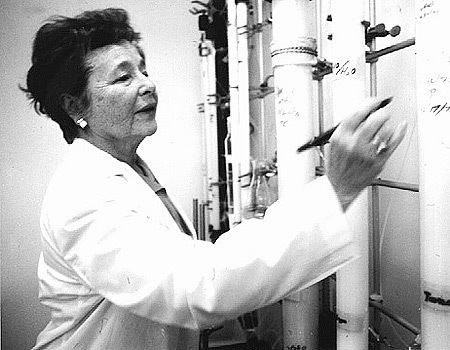
Elion had also worked for the National Cancer Institute, American Association for Cancer Research and World Health Organization, among other organizations. From 1967 to 1983, she was the Head of the Department of Experimental Therapy for Burroughs Wellcome.
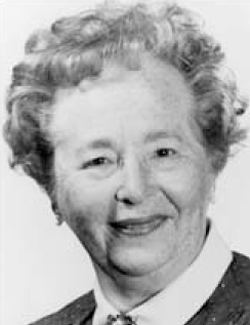
She was affiliated with Duke University as Adjunct Professor of Pharmacology and of Experimental Medicine from 1971 to 1983 and Research Professor from 1983 to 1999.
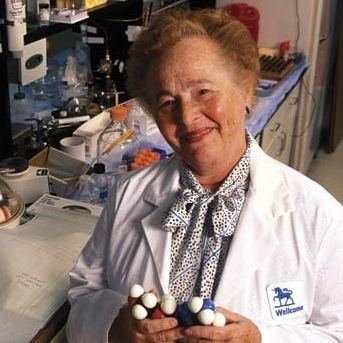
Rather than relying on trial-and-error, Elion and Hitchings used the differences in biochemistry between normal human cells and pathogens (disease-causing agents such as cancer cells, protozoa, bacteria, and viruses) to design drugs that could kill or inhibit the reproduction of particular pathogens without harming the host cells. The drugs they developed are used to treat a variety of maladies, such as leukemia, malaria, organ transplant rejection (azathioprine), as well as herpes (acyclovir, which was the first selective and effective drug of its kind). Most of Elion's early work came from the use and development of purines. Elion's inventions include:
During 1967 she occupied the position of the head of the company's Department of Experimental Therapy and officially retired in 1983. Despite her retirement, Elion continued working almost full-time at the lab, and oversaw the adaptation of azidothymidine (AZT), which became the first drug used for treatment of AIDS.
Awards and honors
In 1988 Elion received the Nobel Prize in Physiology or Medicine, together with Hitchings and Sir James Black for discoveries of "important new principles of drug treatment". She was elected a member of the National Academy of Sciences in 1990, a member of the Institute of Medicine in 1991 and a Fellow of the American Academy of Arts and Sciences also in 1991. Other awards include the National Medal of Science (1991), Lemelson-MIT Lifetime Achievement Award (1997), and the Garvan-Olin Medal (1968). In 1991 she became the first woman to be inducted into the National Inventors Hall of Fame. In 1992, she was elected to the Engineering and Science Hall of Fame. She was elected a Foreign Member of the Royal Society (ForMemRS) in 1995.
Personal life
During her education at New York University, she met a statistician named Leonard, who died from a bacterial infection of his heart valves. She had planned to marry him, so his death prevented her from marrying again. She never had children, and listed her hobbies as photography, travel and listening to music. After Burroughs Wellcome moved to Research Triangle Park in North Carolina, Elion moved to nearby Chapel Hill. Gertrude Elion died in North Carolina in 1999, aged 81.
